Welcome to the Dynamic Optical Systems Lab website!
Our research focuses on novel optical methods for three-dimensional light engineering, with applications in materials science, sensing, and biology. Key examples of our work in this area include the development of laser catapulting for additive micro-optics manufacturing, acousto-optofluidic systems for focusing and shaping the light at sub-microsecond time scales, and fast inertia free optical microscopes for unprecedented volumetric imaging speed and particle tracking.
Latest news
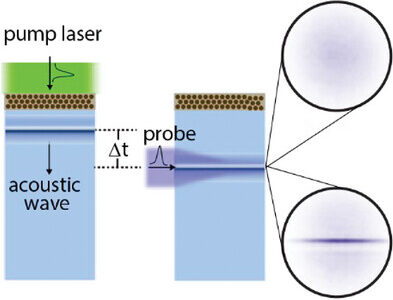
Photoacoustics for Direct Light-Guiding Inside Transparent and Scattering Media
New paper published in Laser and Photonics Reviews! In this paper, we present a novel method for guiding light in transparent and scattering media without external components. We utilitze a pulsed laser and absorptive material generate photoacoustic pressure waves within the medium, creating refractive index gradients for sub-microsecond light guiding. This technique enables rapid and flexible light delivery under previously unattainable conditions.
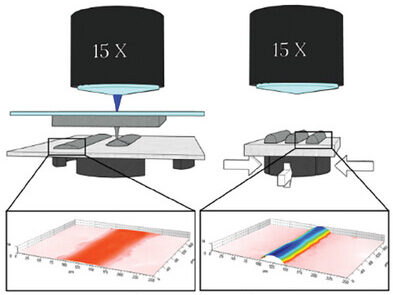
3D Shape Control of Printed Micro‐Electrodes with Substrate Reshaping
New paper published in Advanced Materials Technologies! In this paper, we employ substrate reshaping for enhancing the aspect ratio of microelectrodes. In a nutshell, we print electrodes on top of pre-stretched elastomers. Upon stress release, the liquid‐printed electrodes shrink while achieving an up to 8-fold increase in their aspect‐ratio. This approach enables miniaturization, improved sensitivity, and reduced device footprint.
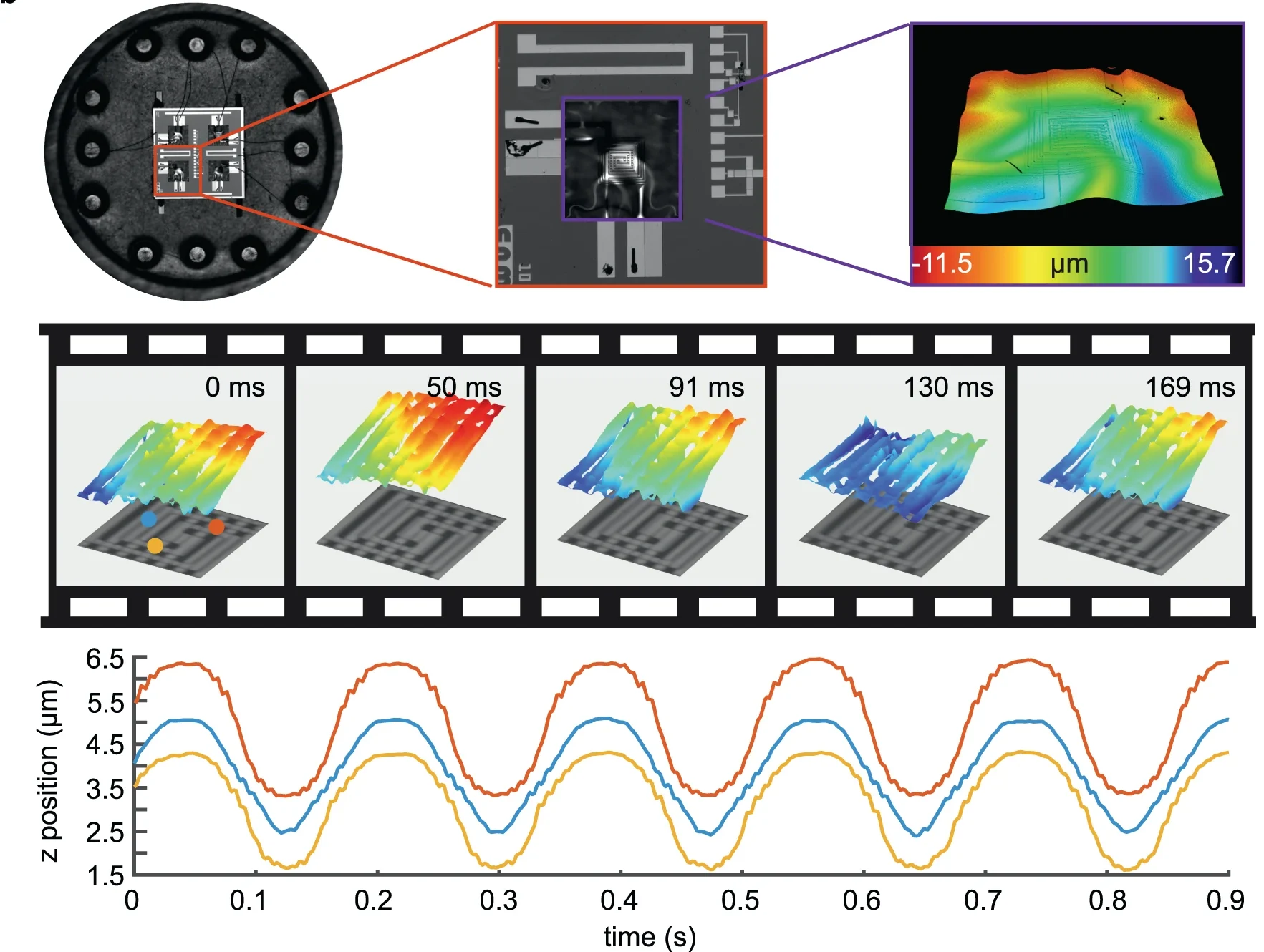
Fast topographic optical imaging using encoded search focal scan
New paper published in Nature Communications! In this paper, we propose a method for dramatically increasing the speed of topographic optical imaging. Instead of the traditional plane by plane interrogation of the surface of interest, our idea is based on performing a binary search. Specifically, we collect a reduced set of images, each integrated during a full focal scan, whilst the illumination is synchronously modulated. The high speed of the technique and its ease of implementation could enable a paradigm shift in optical metrology, allowing the real-time characterization of large or rapidly moving samples.
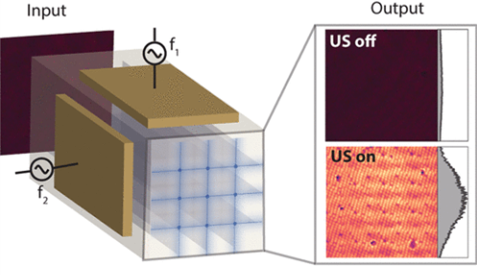
Parallelized Ultrasound-Guiding for Enhanced Light Delivery within Scattering Media
New paper published in ACS Photonics! In this paper, we introduce a method to enhance light delivery across extended regions within scattering samples. Our idea consists of using ultrasound to directly modulate the sample’s optical properties, generating refractive index gradients that act as an array of embedded optical waveguides. As our results demonstrate, gains in the intensity of light delivery of up to 700% are possible, which opens the door to improving the operational depth of photodynamic therapy and related techniques.
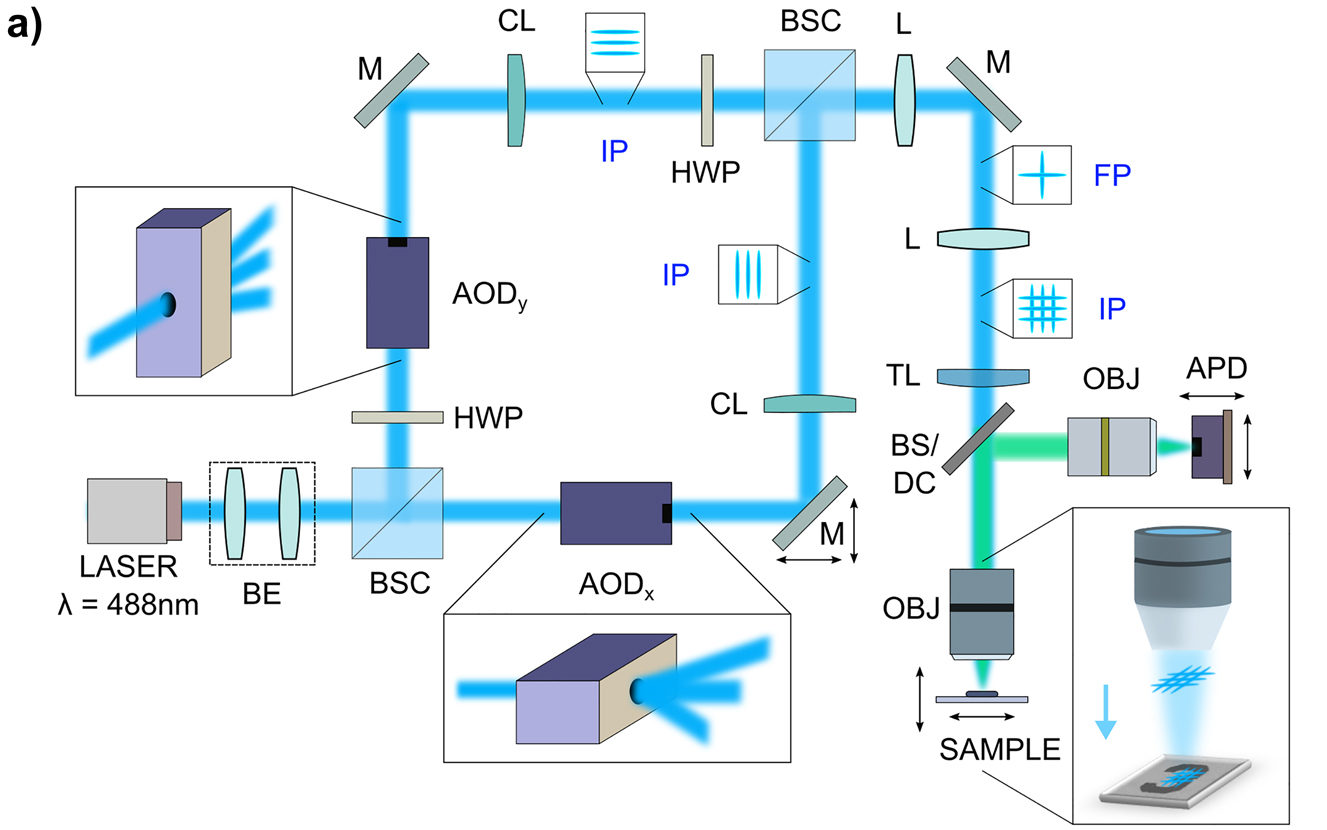
Scan-less microscopy based on acousto-optic encoded illumination
New paper published in Nanophotonics! Here, we present a scan-less technology that allows sub-micrometric imaging at thousands of frames per second.We use two acousto-optic deflectors (AODs) placed in a Mach–Zehnder interferometer and drive them simultaneously with multiple acoustic frequencies. As a result, orthogonal light stripes are obtained that interfere at the sample plane, forming a two-dimensional array of flickering spots. The light from the sample is collected with a single photodiode that, after spectrum analysis, allows for image reconstruction at speeds only limited by the AOD’s bandwidth and laser power.
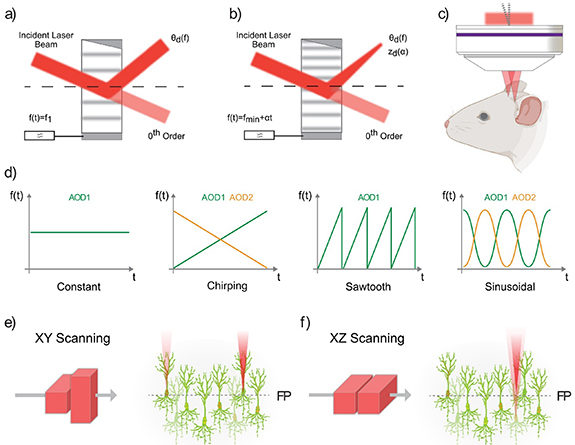
Acousto-optic deflectors in experimental neuroscience: overview of theory and applications
New paper published in Journal of Physics Photonics! In In this review paper, we survey the main applications of acousto optic deflectors (AODs) in neuroscience, from fluorescence imaging to optogenetics. We also review the theory and physical mechanisms of these devices and describe the main configurations developed to accomplish flexible illumination strategies for a better understanding of brain function.
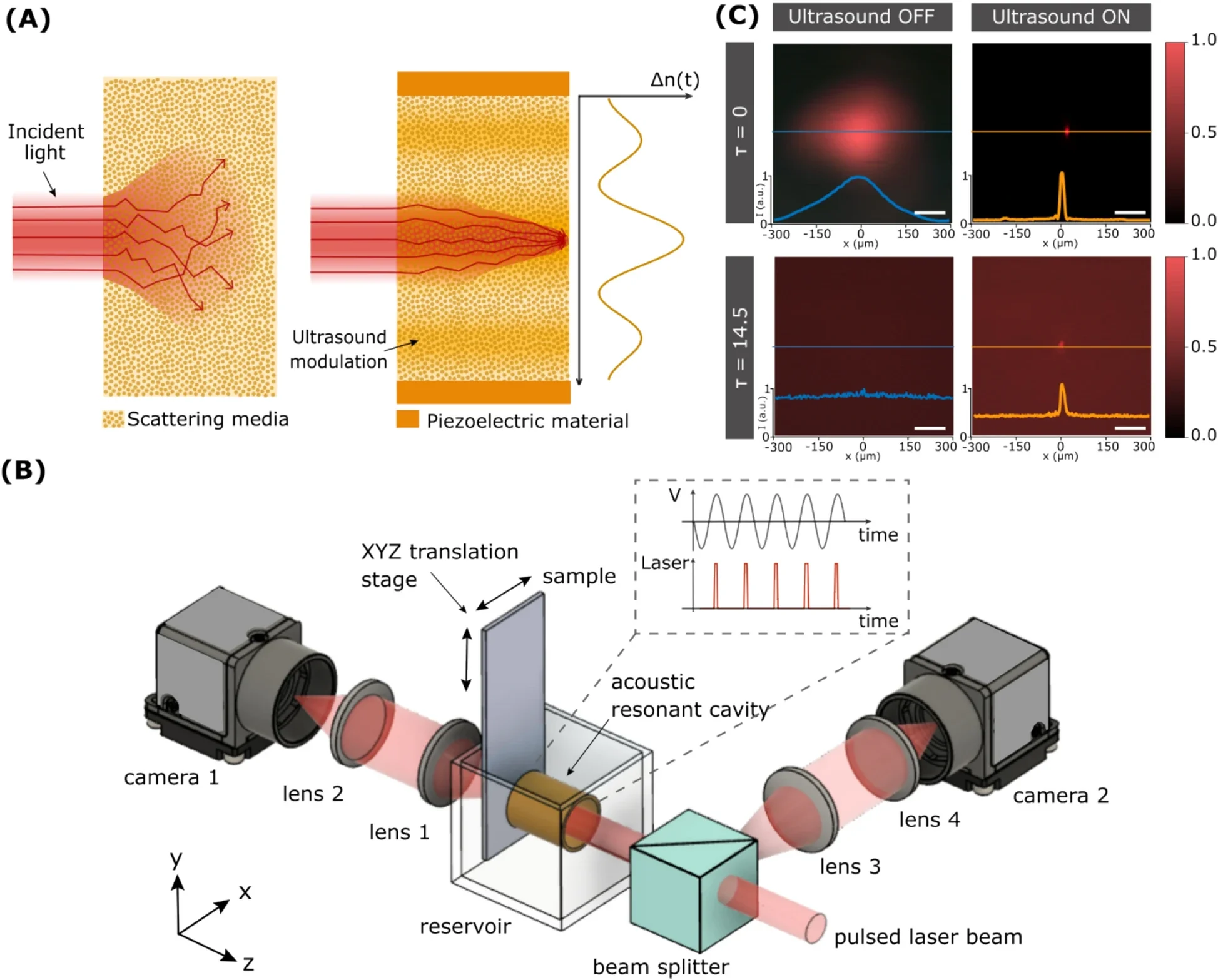
Enhanced light focusing inside scattering media with shaped ultrasound
New paper published in Scientific Reports! In In this article, we show that ultrasound waves featuring a Bessel-like profile can locally modulate the optical properties of a turbid medium to facilitate light guiding. Supported by wave optics and Monte Carlo simulations, we demonstrate how ultrasound enhances light focusing a factor of 7 compared to conventional methods based on placing optical elements outside the complex medium. Combined with point-by-point scanning, images of samples immersed in turbid media with an optical density up to 15, similar to that of weakly scattering biological tissue, can be reconstructed.
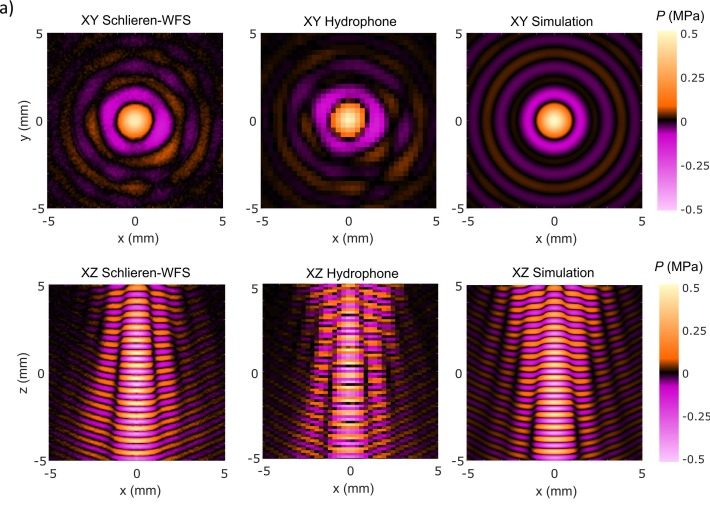
Rapid quantification of 3D ultrasound fields with wavefront sensing and Schlieren tomography
New paper published in Ultrasonics! In In this article, we report how combining wavefront sensing and Schlieren tomography enables rapid and direct quantification of 3D pressure fields while obviating any calibration steps. By simultaneously capturing optical phase and intensity information of the US-perturbed fluid using a Wavefront Sensor and Schlieren projections, respectively, 3D pressure fields over several millimeters cubic can be reconstructed after a few seconds. We present a detailed description of the approach and prove its feasibility by characterizing the US field after an acoustic lens, which is in excellent agreement with calibrated hydrophone measurements and simulations.
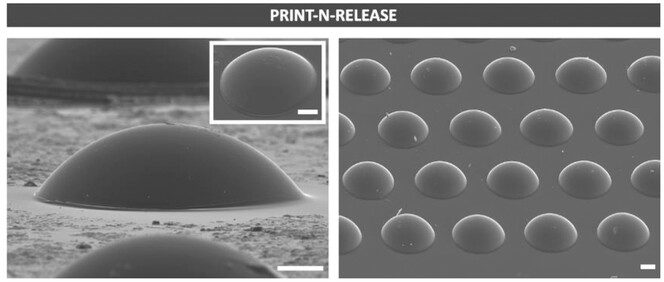
Substrate Reshaping for Optically Tuned Liquid‐Printed Microlenses Beyond Their Wetting Properties
New paper published in Advanced Materials Technologies! In this article, we present a novel fabrication process compatible with any wet printing method that allows for microlens fabrication with tuned focusing performance. Our approach, called “print-n-release”, is based on modifying the geometry of printed prepolymer microdroplets by using a reconfigurable substrate. Specifically, we used flexible elastomeric materials subject to different types of stress. Upon release, and provided pinning of the contact line, the microdroplets deform because of substrate shrinking. Following a UV-curable step, the microdroplets can then be converted into microlenses whose final shape is no longer dictated exclusively by the wetting behavior between prepolymer and substrate.
Announcements
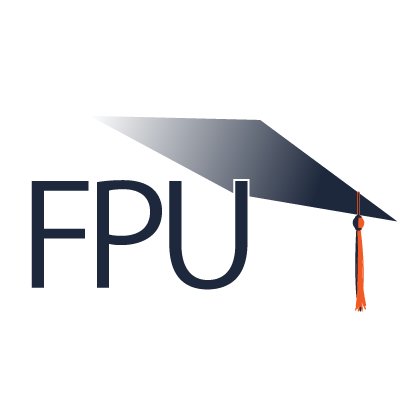
Jordi obtained a PhD scholarship from the Spanish Ministry of Education. Enhorabona!
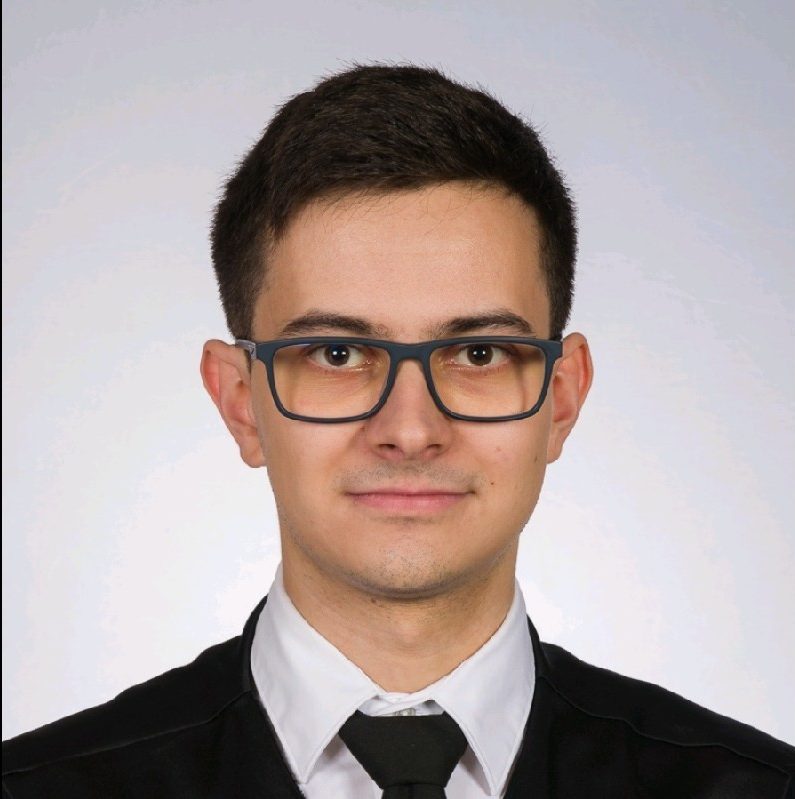
Mr. Jordi Torres officially started his PhD with us. Benvingut!
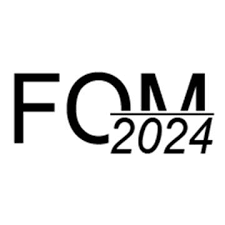
Dr. Martí Duocastella and Dr. Laura Rodriguez presented our work at FOM 2024

Dr. Mateu Colom presented our work at SPIE Photonics Europe 2024

Dr. Martí Duocastella, Dr. Pietro Ricci, Mr. Narcís Vilar and Mr. Christos Alexandropoulous presented their works at SPIE Photonics West 2024.
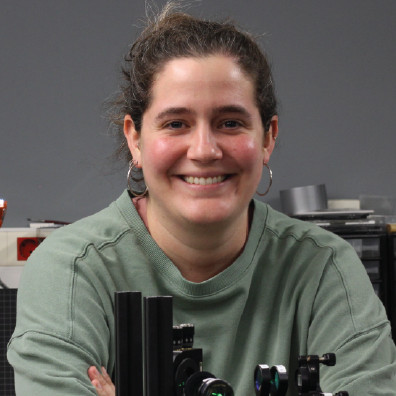
Dr. Laura Rodriguez has joined our group! Benvinguda!